How history inspired us to revive terracotta
What is terracotta and its history?
terracotta is a widely accessible clay found in India that is available naturally in orange and red. The word terracotta literally means ‘baked earth’ and is used across the globe. terracotta is one of the most distinct types of clay found in the world. The orange/red colour of the clay is due to the presence of high iron content. The properties of terracotta include its porosity or ability to retain moisture that makes it easy to mould and it also can be glazed and unglazed that adds to the appeal. To make the terracotta vessel/pottery waterproof, one coat of glaze is required. In earlier times, terracotta was left to bake in the hot sun to harden. A great property of terracotta is that it can withstand temperature changes with low chances of it to crack.
The earliest signs of use of terracotta can be seen in pottery, art (figures) and vessels. One of the biggest reasons why terracotta was prevalent in history is due to its presence across continents. In ancient Rome, meals were cooked in the earthenware and now, many cooks around the globe are keeping the tradition alive of cooking in terracotta cookware. Today, terracotta is widely being used to make decorative flower pots, crockery, and tableware.
This article will throw light on the importance of terracotta and how history has a role to play in inspiring its use today.
Using terracotta in the kitchen
terracotta cookware is used to cook for longer periods of time over low heat. The cookware is suitable for boiling, heating, frying and baking over low heat. terracotta is ideal for baking as it distributes the heat evenly. Traditionally, pizzas were made in brick ovens. Due to the porous terracotta, moisture from the dough produces a perfect crust. terracotta is also used for making tiles and bricks. The terracotta tiles are hard and last long. At Ellementry, there is a wide range available from drinkware to cookware and tableware. All the materials used for making the products are food-safe and sustainable.
How to use your terracotta cookware:
- Wash the terracotta cookware with water before using it for the first time. Do not use soap as it may block the pores and affect the taste of the food that is being cooked.
- Unglazed cookware should be soaked in water for about 15 minutes before every use. Soaking would help the cookware absorb water which would evaporate while cooking.
- To avoid cracking, terracotta cookware with food should be kept in a cold oven and then the temperature should be set.
- Cooking in terracotta cookware requires a higher temperature than food being cooked in other cookware. The temperature should be increased by 100F and you should add one and a half hours if terracotta cookware is being used.
Traditionally, Indian households use the terracotta cookware to make their meals. In urban areas, due to the paucity of time and fast life, the use of earthen cookware has declined and the use of modern cookware like non-stick pans and steel or aluminium pans are more preferred. The food cooked in earthen pots maintains the porosity of the cookware, making food more aromatic and retaining nutrients like calcium, iron, magnesium, and phosphorus.
A healthy choice
With an increase in the adoption of a ‘healthy lifestyle’, more people have been resorting to the use of utensils which are food safe and provide a sense of cultural revival. With more consumers shifting to healthy habits, a lot of effort is put into purchasing the products that are made without plastic. The use of terracotta or clay cookware has been rising due to its sustainability and eco-friendly nature. terracotta cookware is hand-made by crafters, which promotes local handcrafting. The use of terracotta in Indian households was due to the many advantages of the clay.
Summing up the benefits of reviving terracotta
- terracotta cookware is the ‘greenway’ of living. The nutrients remain preserved in the pot, making the meal wholesome.
- terracotta retains heat and moisture and doesn't let the food become soggy.
- terracotta cookware absorbs the oil and with age, the quality of non-stickiness improves.
- terracotta cookware kooks natural and raw, adding an earthen appeal to your kitchen.
Why use terracotta?
- Food-safe
- Cost-effective
- Eco-friendly
- Sustainable
- Adds an earthy taste to the food
- Easy to maintain
- Promotes reviving culture
- Free of toxins or lead
With the increase in the demand for food-safe, sustainable and eco-friendly cookware by customers, Ellementry has introduced a wide range of food-safe and sustainable products to cater to the needs of the customers, using terracotta. The rich history of our country has played an important role in the revival of terracotta cookware. The use of handmade cookware and the rich properties of clay have an impact on the health of the people. At Ellementry, the values of food safety and cultural revival are an important value of the brand.
Sway the winds of our culture back at your tables with Ellementry's terracotta collection that ranges from curd-setters to sprout makers and water bottles to bakewares. We go deep down into history to bring you products considered long forgotten. Our terracotta range is an exploration into history's marvels, matched with beautiful artistry that transforms your kitchen experience.
Thanks to the revival of our culture along with the values of Ellementry, our kitchens can now have a sense of our local crafters' oeuvre. Getting cookware from Ellementry can give your homes a taste of the hard work of our local crafters and food safety.
In modern times, terracotta acts as a great element to adorn our homes with the vibrant colours attached to clay. terracotta is a product that is versatile and complements the interiors of homes. terracotta is here to stay and is a product that is evolving day after day and adjusting to everyday household. Bring Ellementry to your homes for the connection to your culture along with the modern twist.

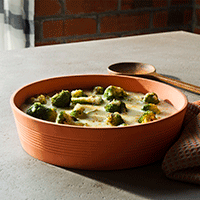
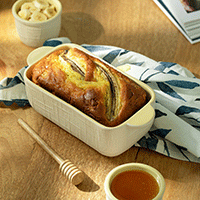
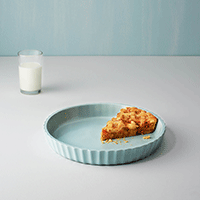

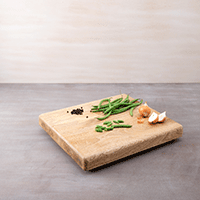
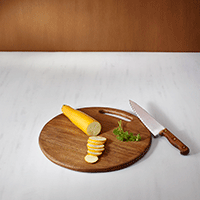
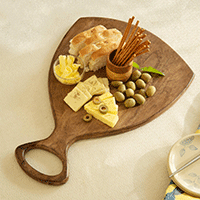
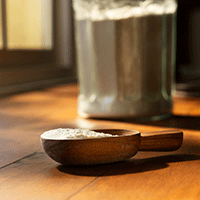
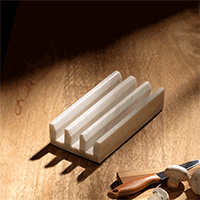

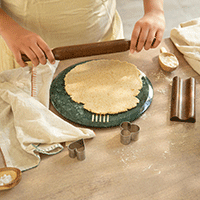
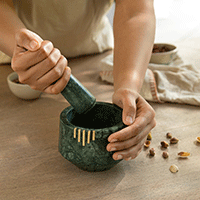
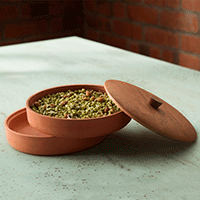
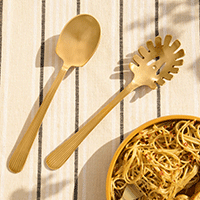
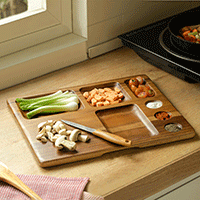
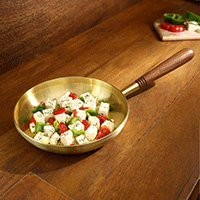
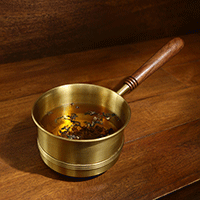
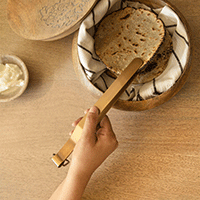
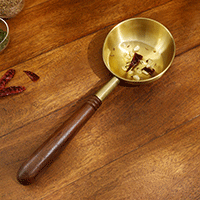
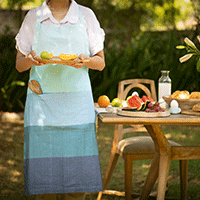
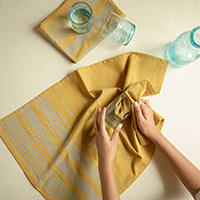
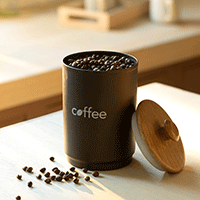
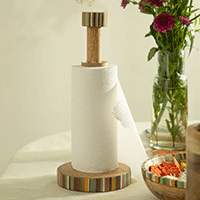
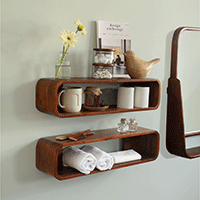
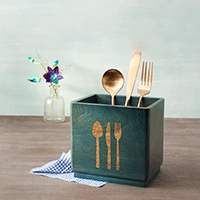
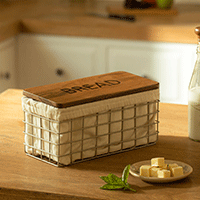
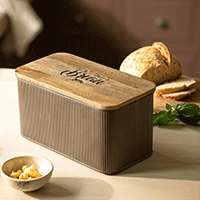
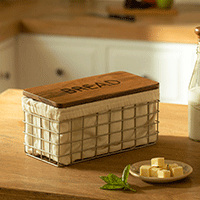
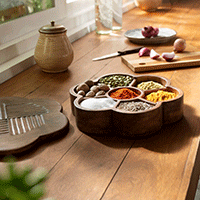

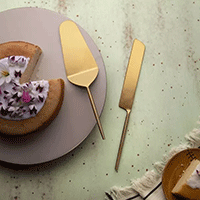
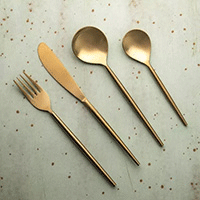
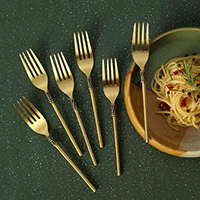
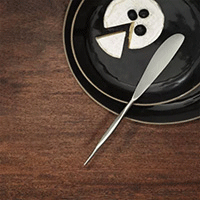
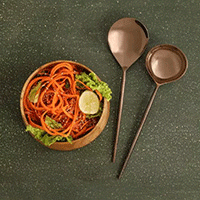
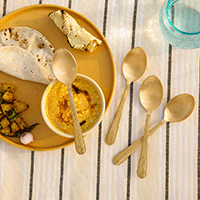
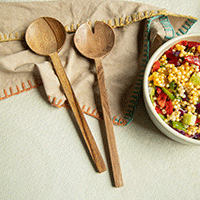
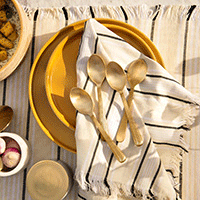
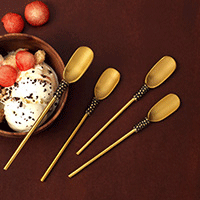
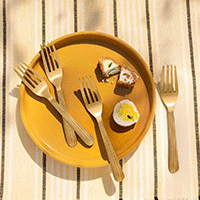
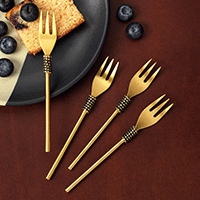
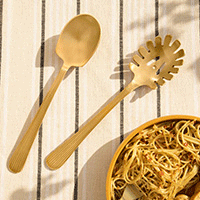
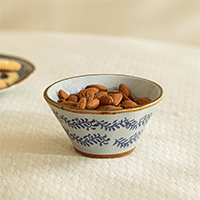
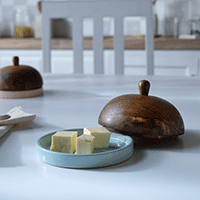
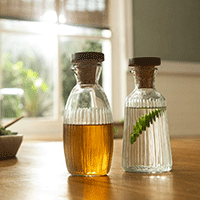
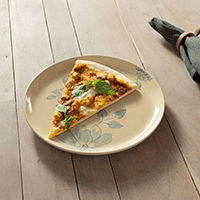
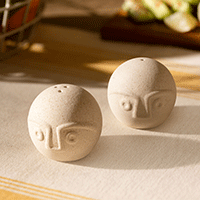
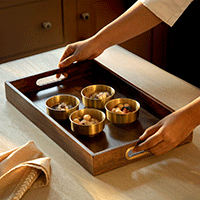
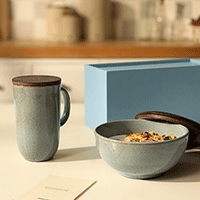


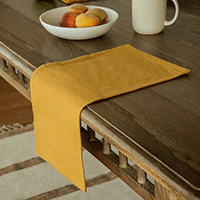
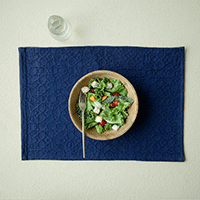
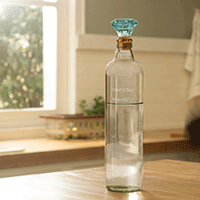
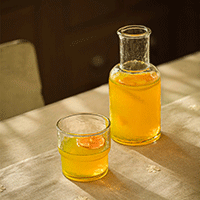

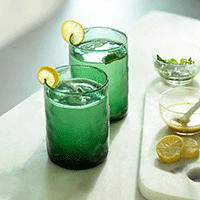
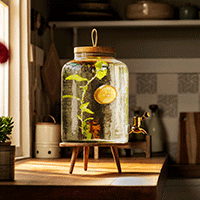
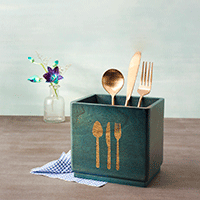
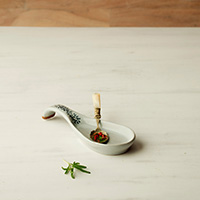
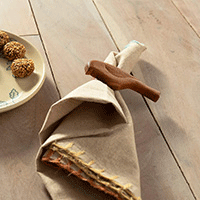

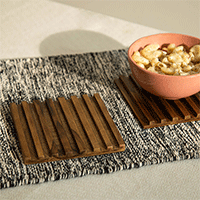
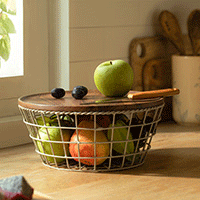
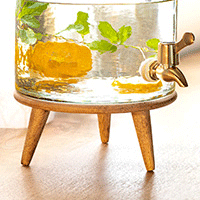
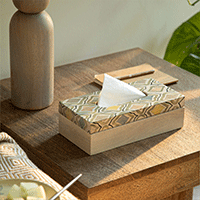

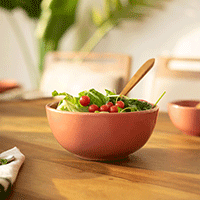
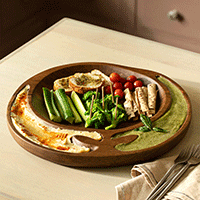
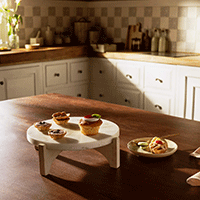
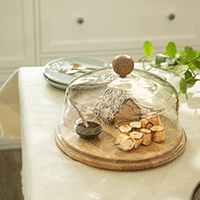
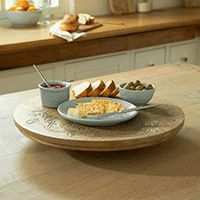
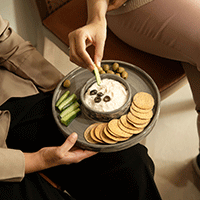
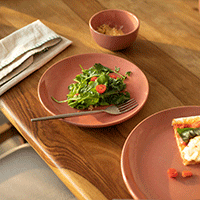
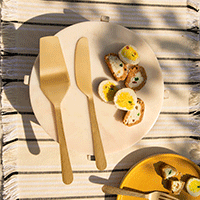
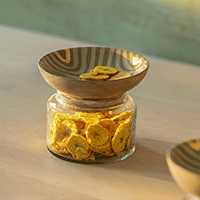
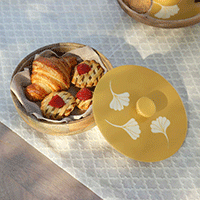
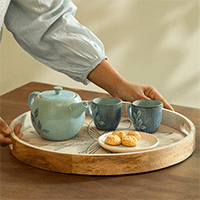
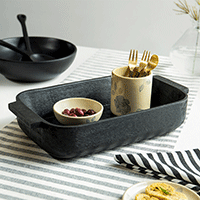
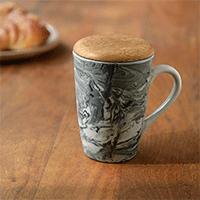
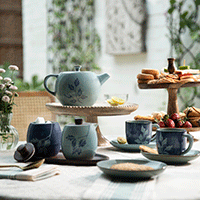
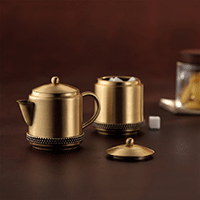
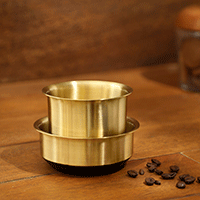

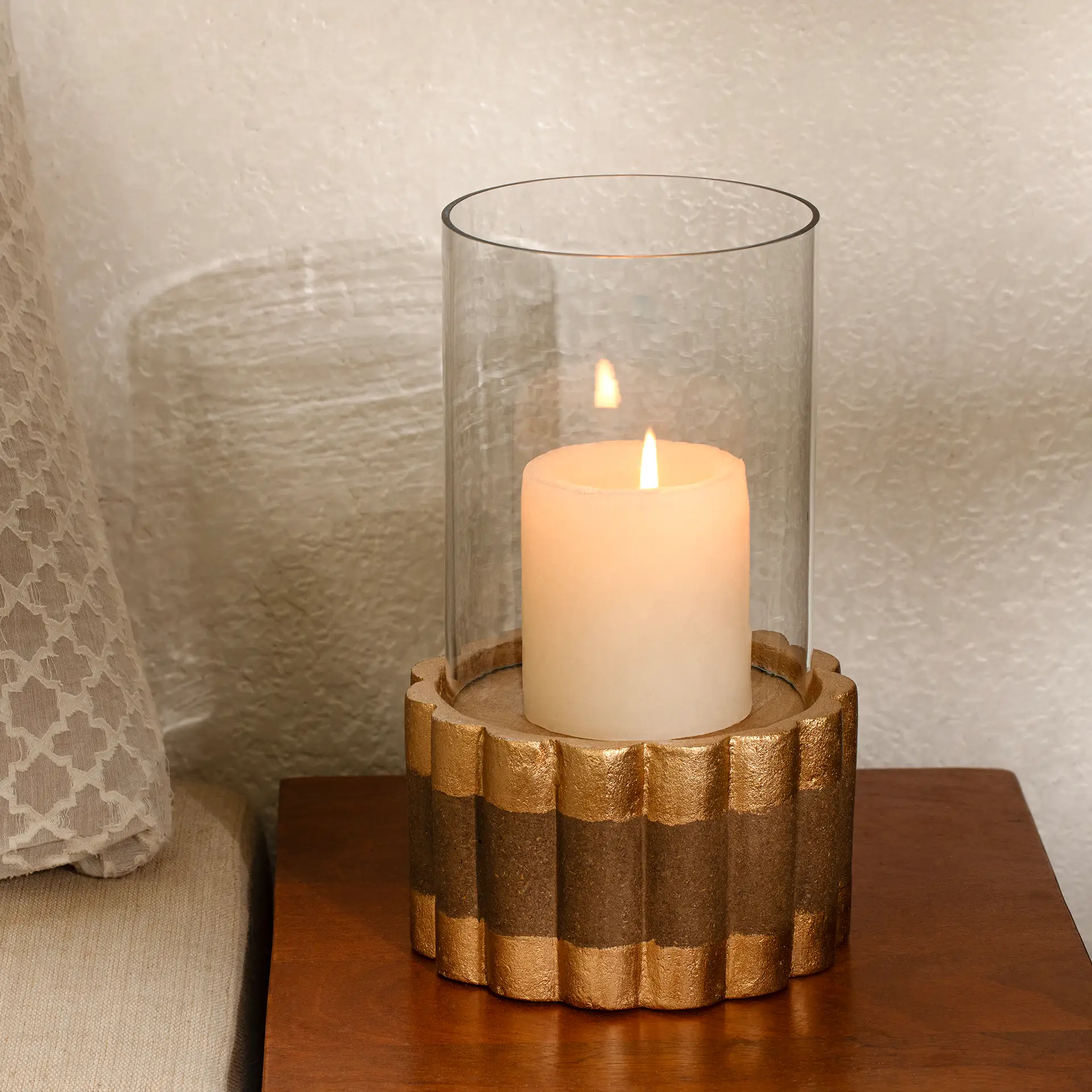


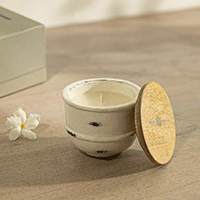
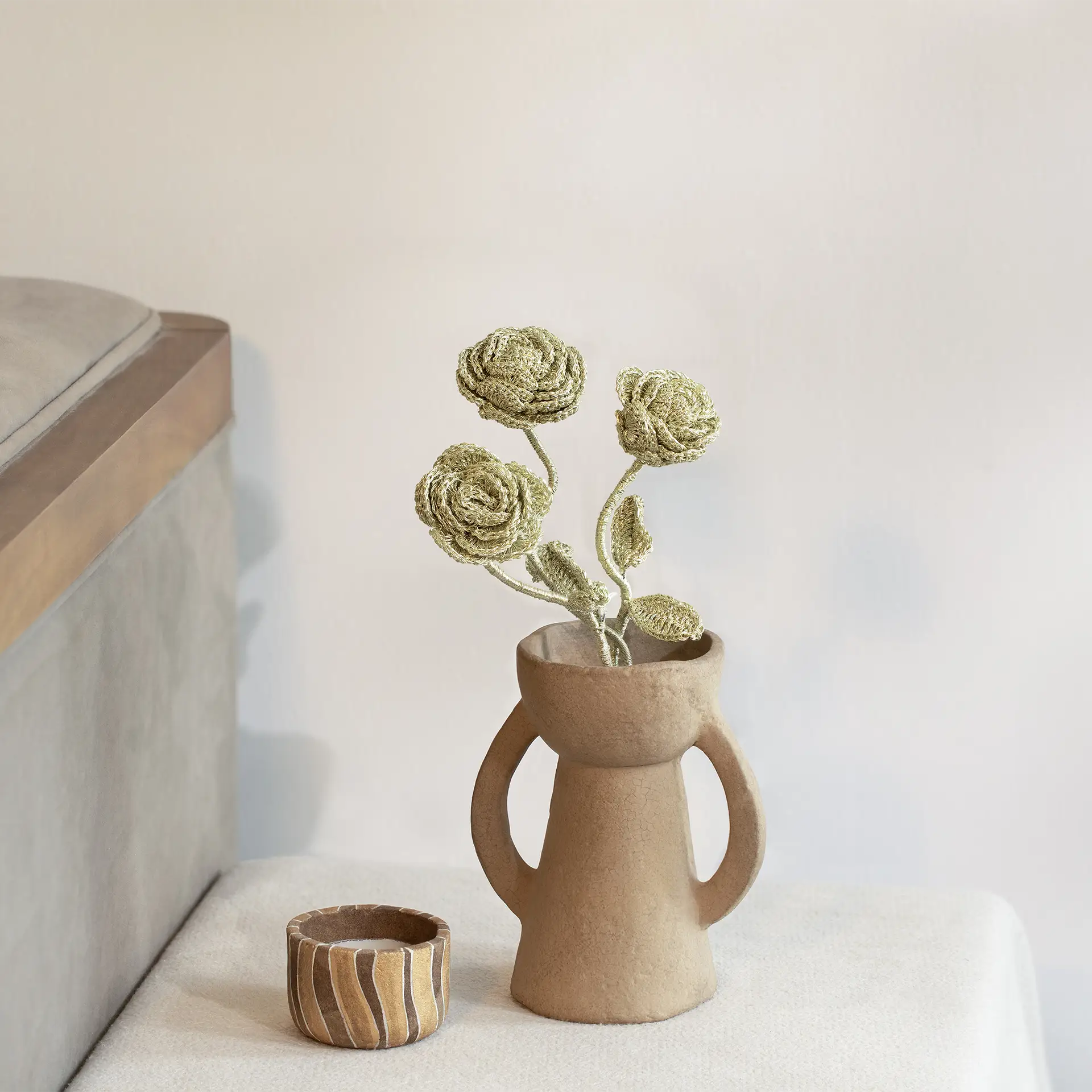
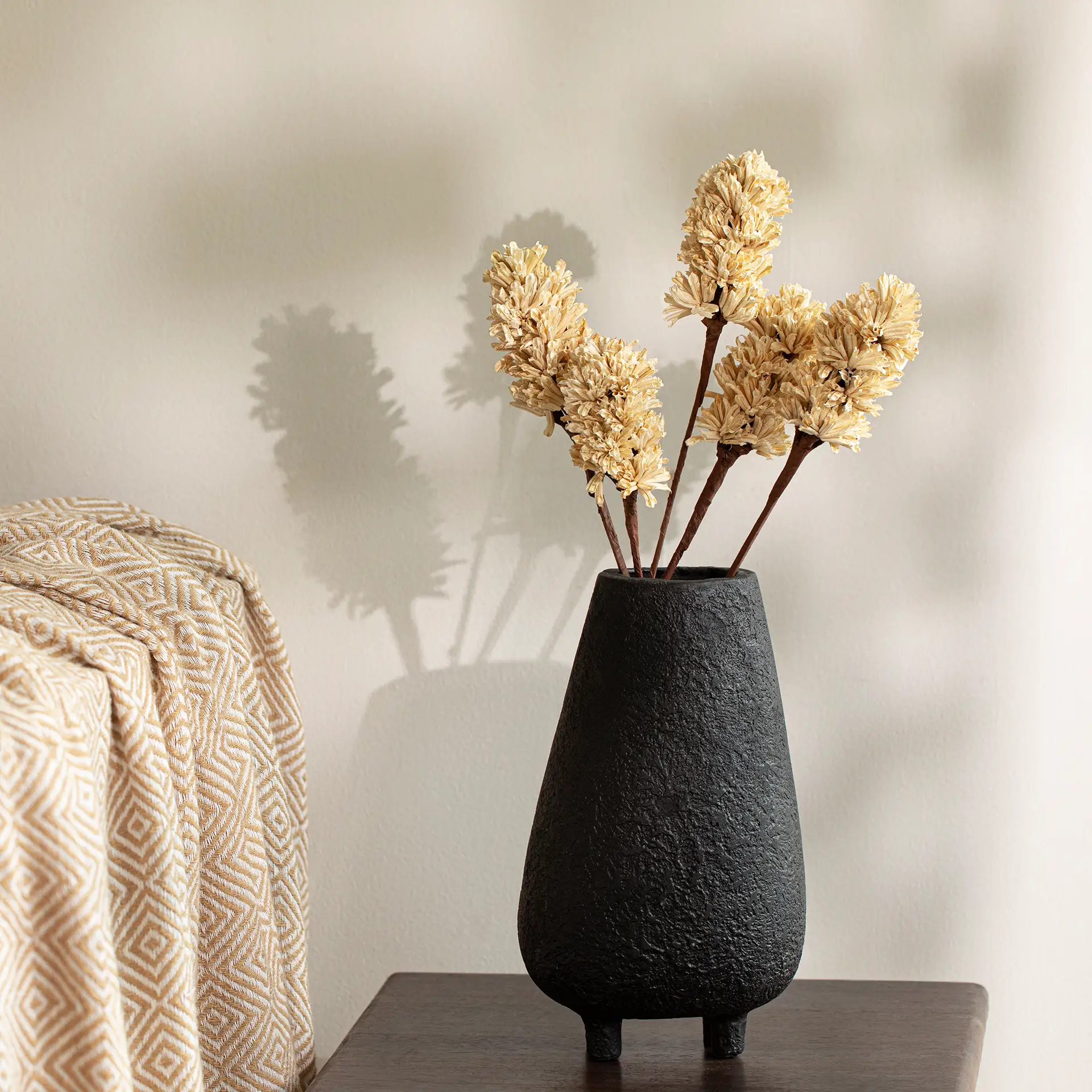
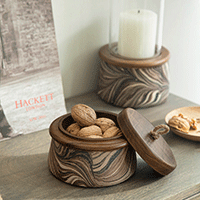
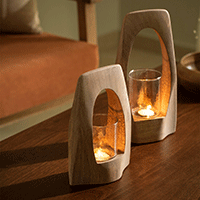
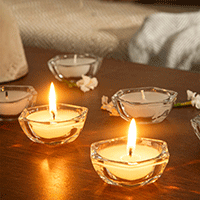
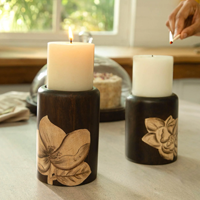
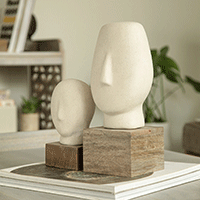
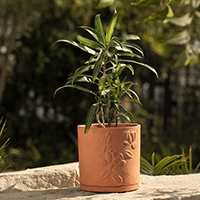
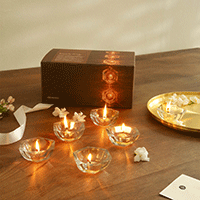
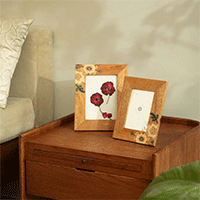
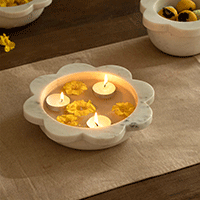

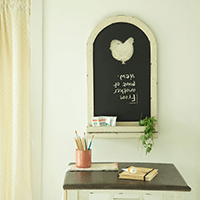
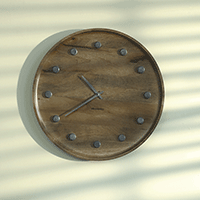
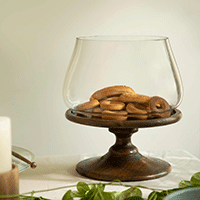
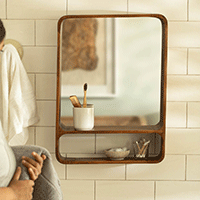
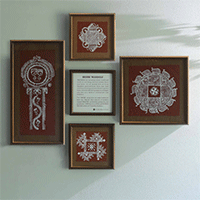

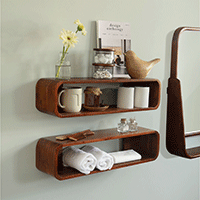
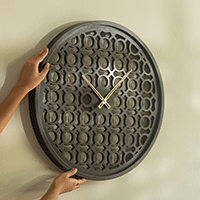



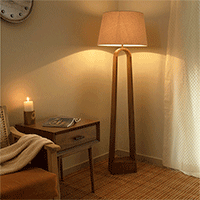
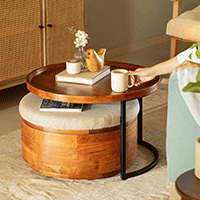

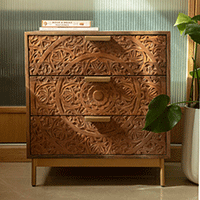
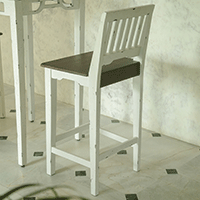
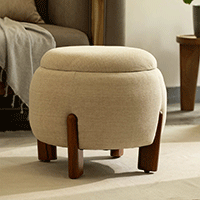
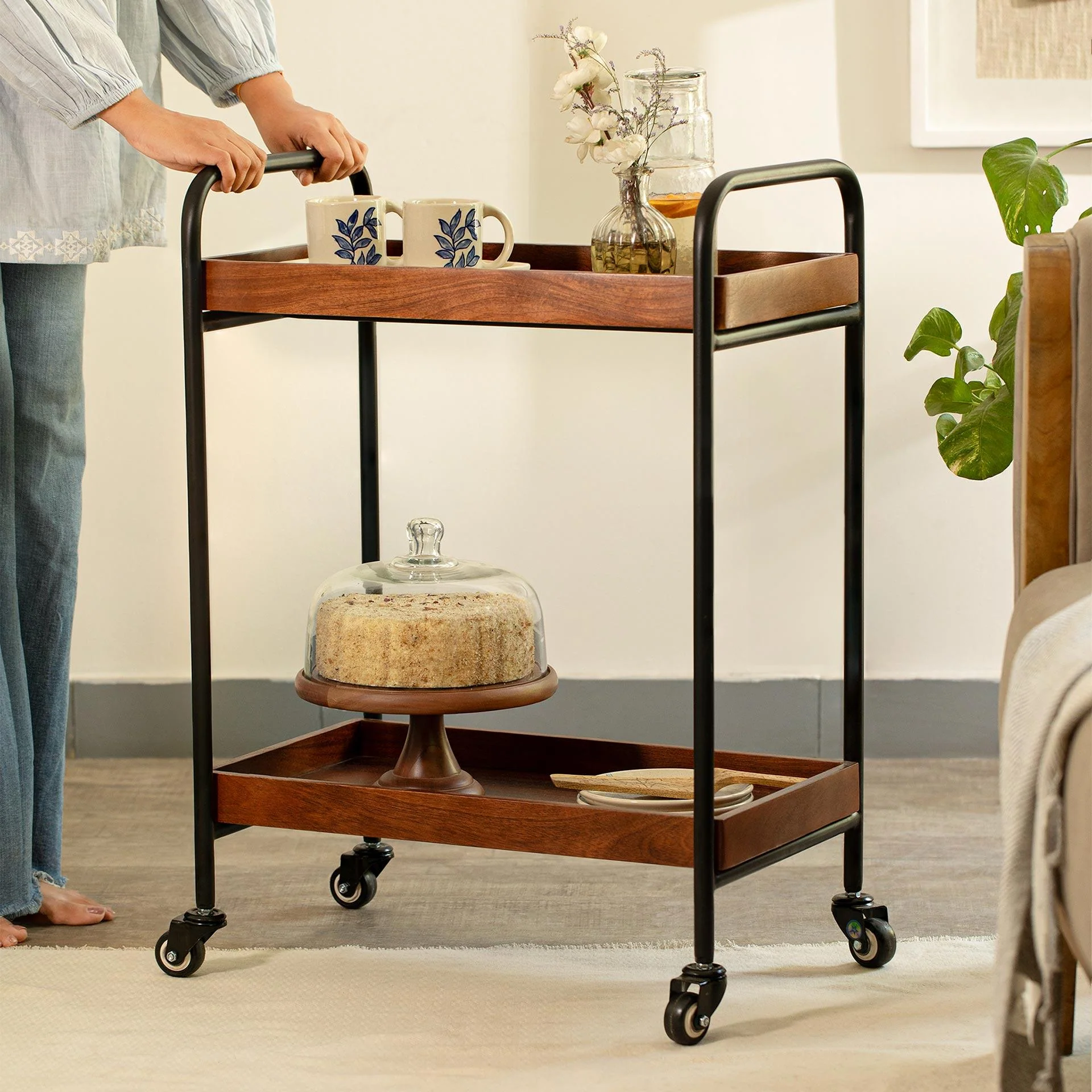

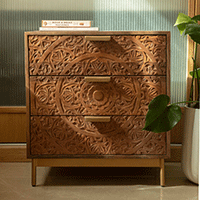

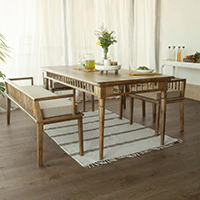
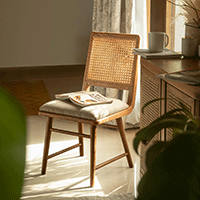

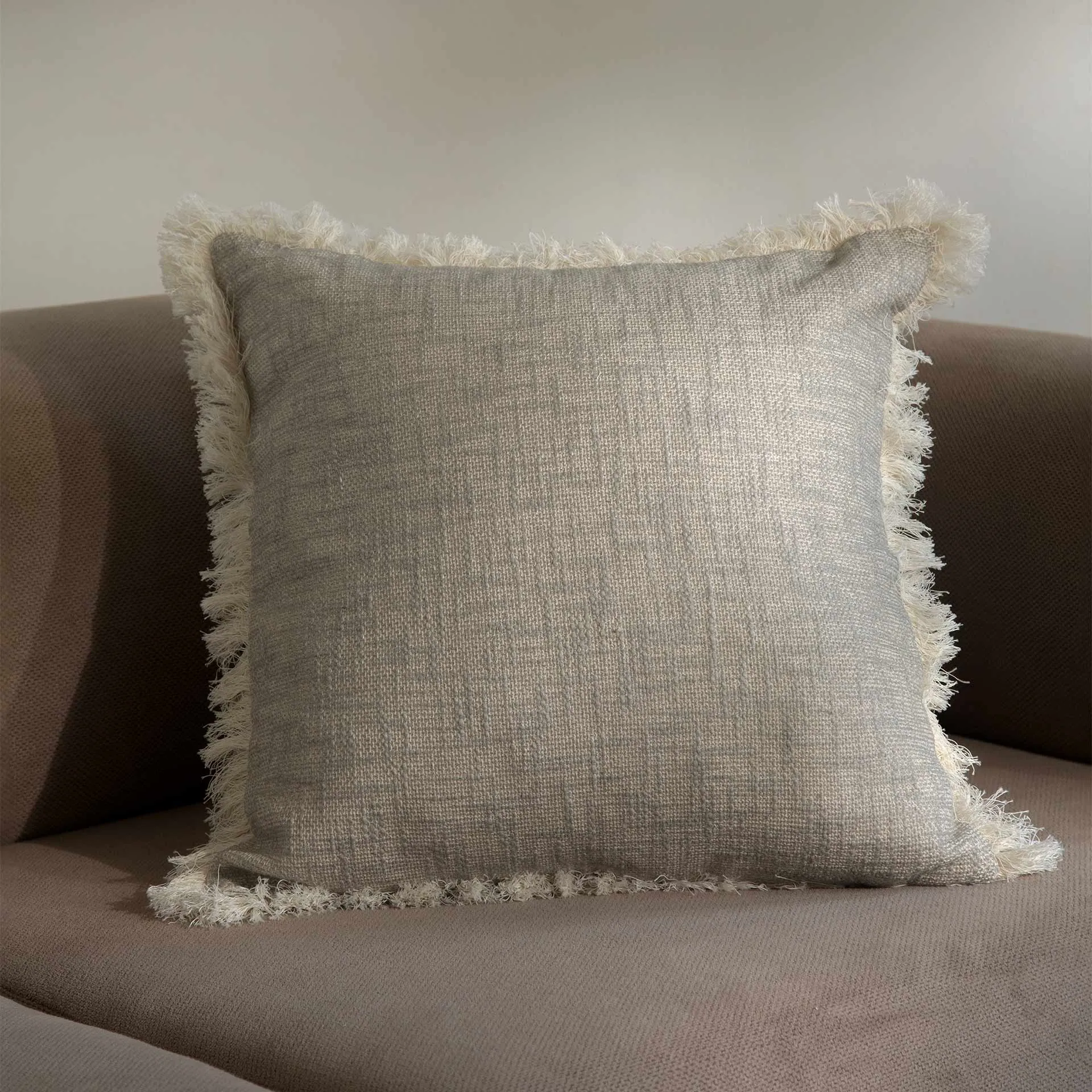
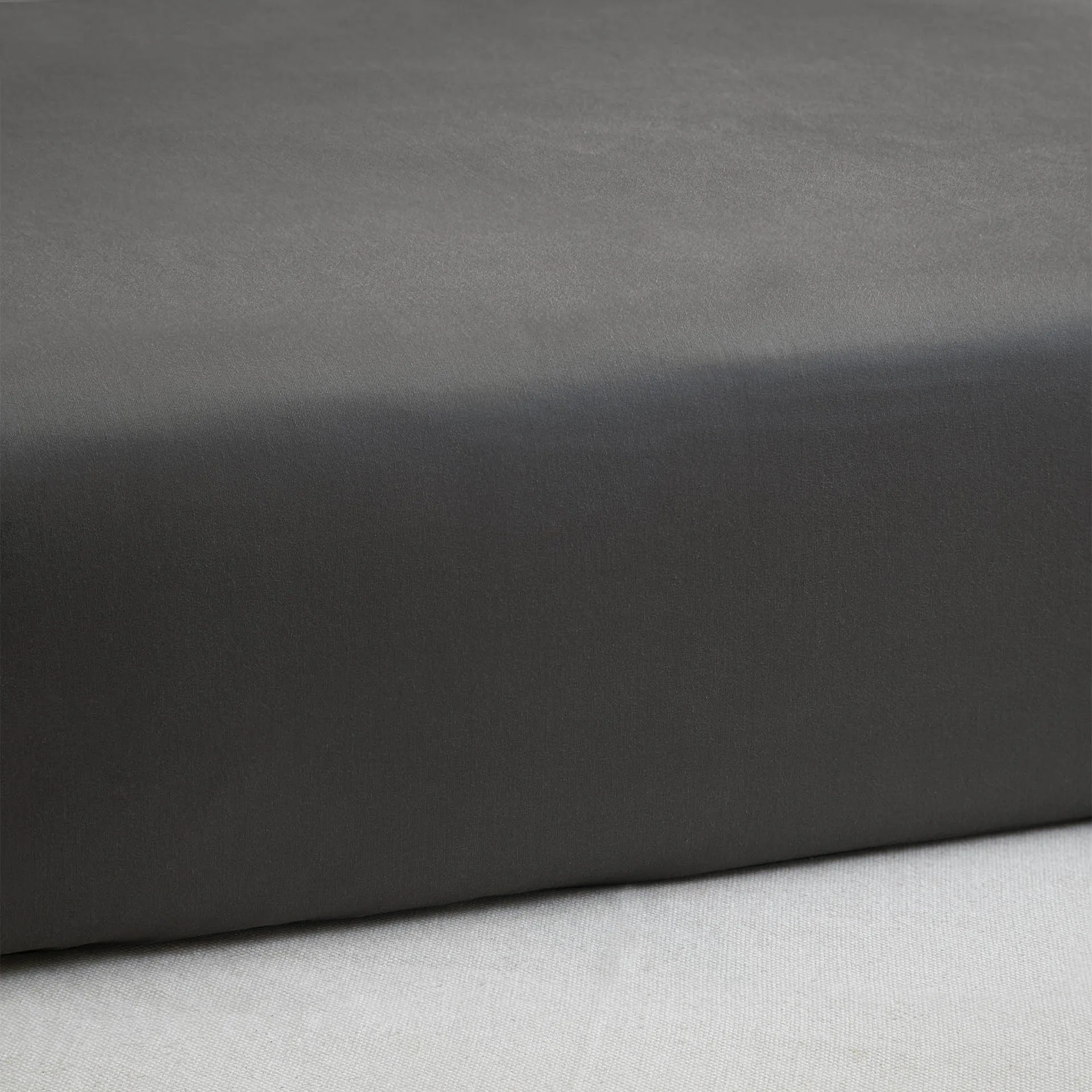

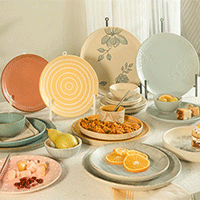
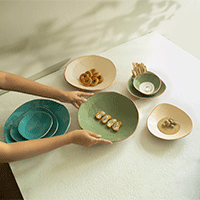
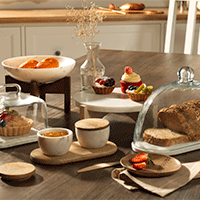
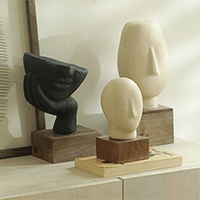
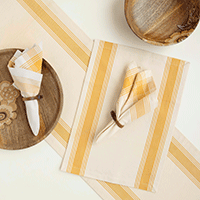
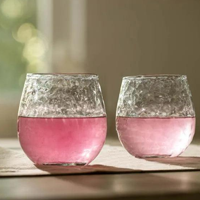
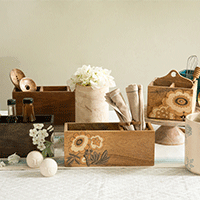
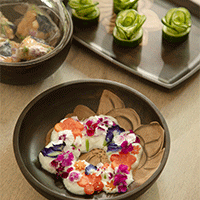
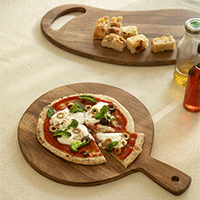
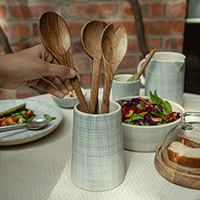
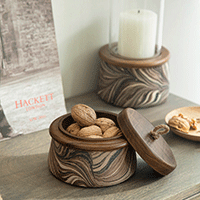
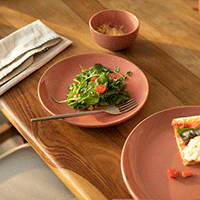
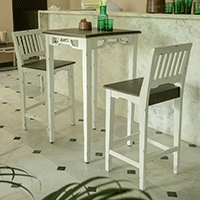
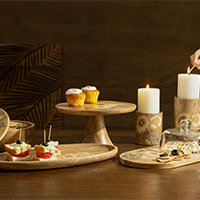
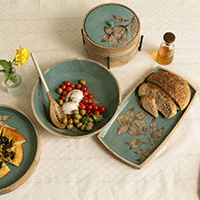
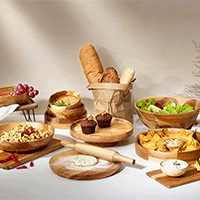
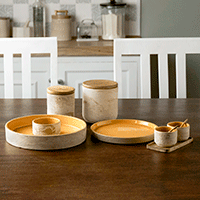
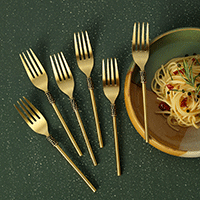
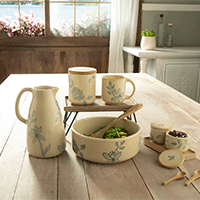
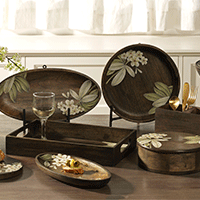
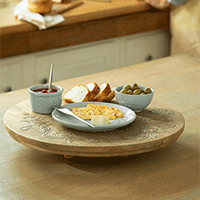
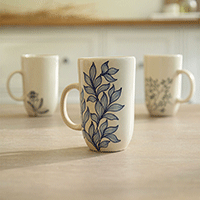
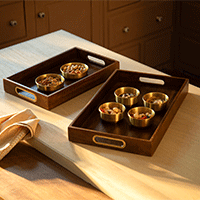
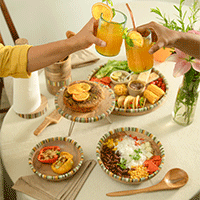
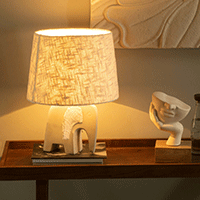
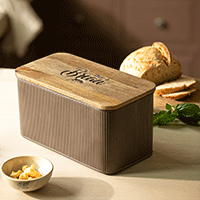
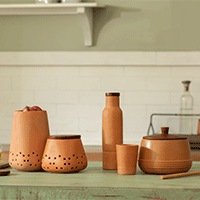
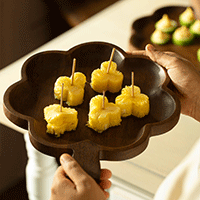
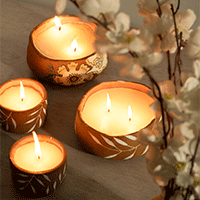
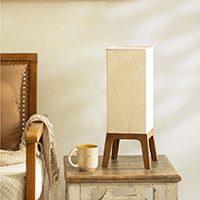
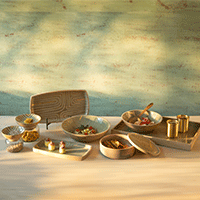
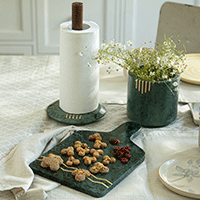

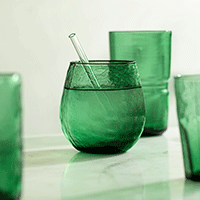
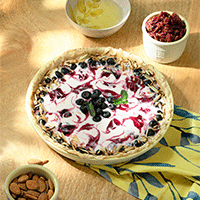
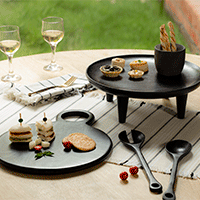
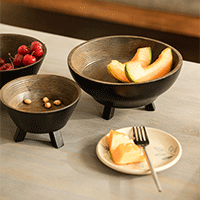
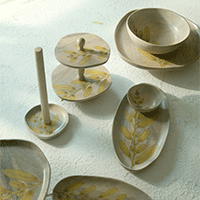
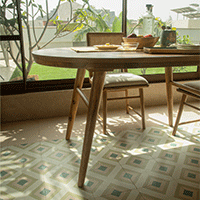
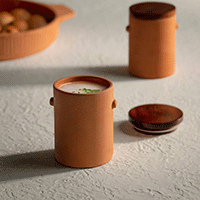
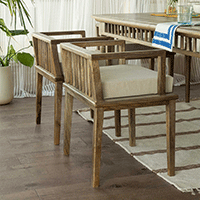

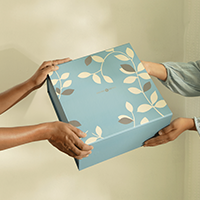
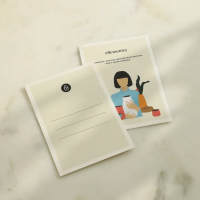

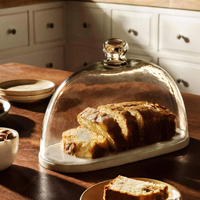

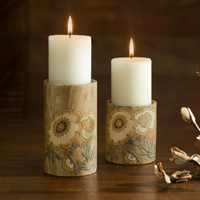



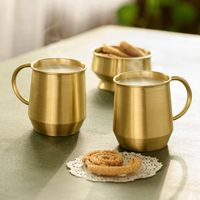
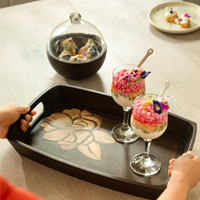
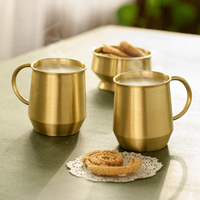
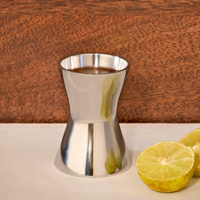
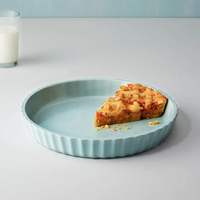
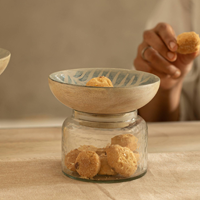
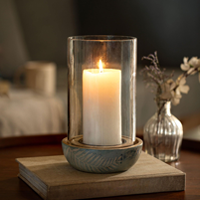
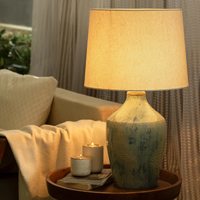
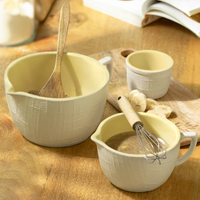
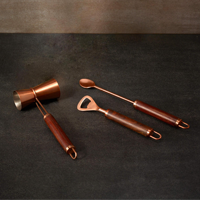
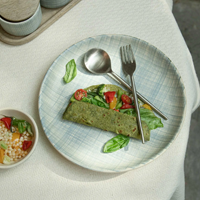







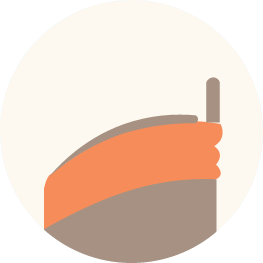






 easy returns
easy returns safe & secure
safe & secure hand crafted
hand crafted
